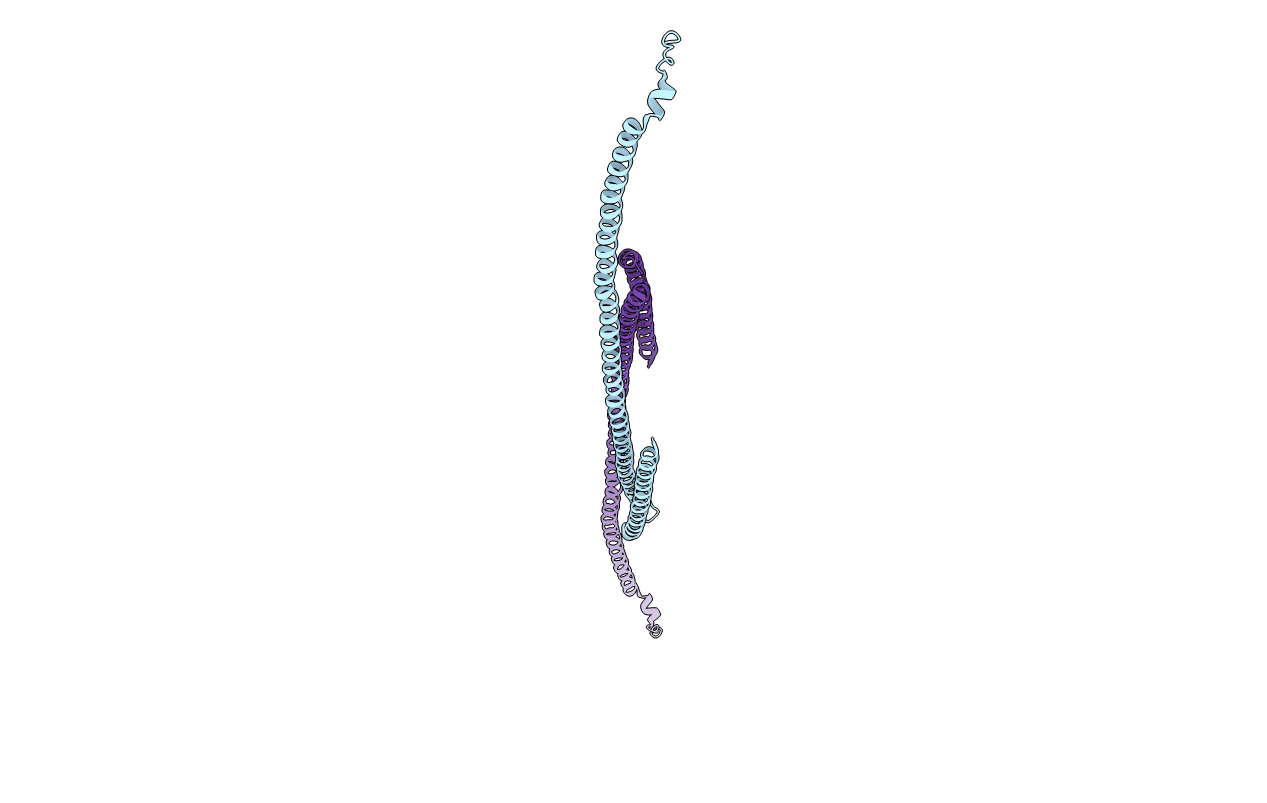
Deposition Date
2018-11-12
Release Date
2019-01-02
Last Version Date
2024-10-23
Entry Detail
PDB ID:
6IRB
Keywords:
Title:
C-terminal coiled coil domain of Drosophila phospholipase C beta NORPA, selenomethionine
Biological Source:
Source Organism:
Drosophila melanogaster (Taxon ID: 7227)
Host Organism:
Method Details:
Experimental Method:
Resolution:
2.66 Å
R-Value Free:
0.27
R-Value Work:
0.22
R-Value Observed:
0.22
Space Group:
P 1


